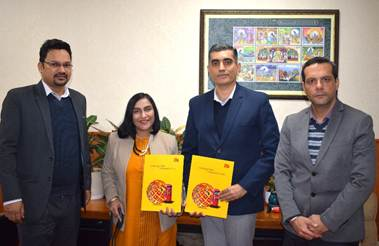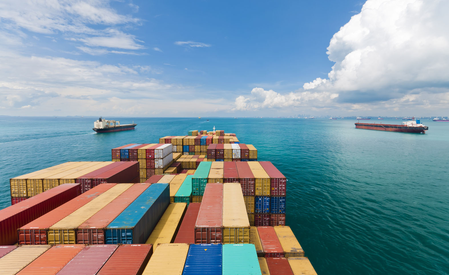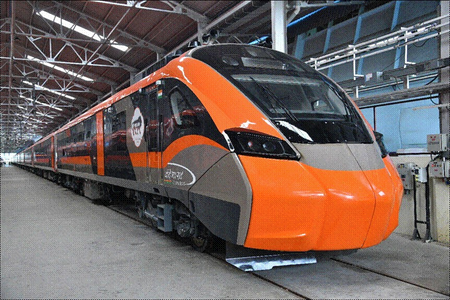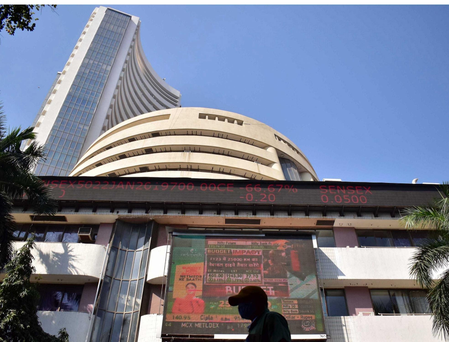
New Delhi, Sep 25 (IANS) India’s digital infrastructure is poised for a massive expansion, with the country’s third-party data centre (DC) capacity expected to double to 2,400-2,500 megawatt (MW) by FY2028 — up from 1,250 MW in FY2025, a report said on Thursday.
The expected growth would be driven by a robust investment pipeline of approximately Rs 90,000 crore over the next three years (FY2026-FY2028).
This near-term push is part of a much larger, long-term vision.
“Industry players have announced development plans totalling 3.0-3.5 GW to be built over the next 7-10 years, representing a colossal investment of Rs. 2.3-2.5 lakh crore, underscoring the sector’s critical role in India’s ongoing digital transformation,” credit ratings agency ICRA said in its report.
According to the report, Mumbai continues to dominate the Indian DC landscape, contributing to over 50 per cent of the current operational capacity and ranking 21st globally among top cities for DC capacity.
The city’s strategic location, reliable power infrastructure, and proximity to the cable landing stations make it a preferred destination for data centre operators.
India currently accounts for approximately 3 per cent of the global DC capacity of 42 GW, with the United States contributing around 50 per cent.
This share is expected to rise, driven by increasing data consumption and favourable policy initiatives.
“The recent draft proposal of the Ministry of Electronics and Information Technology (MeitY) to provide a 20-year tax exemption policy, if implemented, could be a game-changer for India’s data centre growth prospects. By offering input tax credits on capital investments like construction and electrical systems, the policy aims to lower upfront costs and improve project viability,” said Anupama Reddy, Vice President and Co-Group Head, Corporate Ratings, ICRA.
This long-term incentive is expected to attract significant domestic and global investments, enabling developers to scale operations with greater confidence, Reddy added.
The emergence of edge DCs (smaller, decentralised DCs located closer to end-users and devices) is also gaining traction, driven by the need for low latency (the delay between a user action and the corresponding system response) and high-speed requirements, particularly in sectors such as banking, healthcare, agriculture, and Defence.
Indian DC operators are also focusing on renewable energy, with green power currently meeting 15–20 per cent of their overall power requirements.
According to the report, this share is expected to increase to 30-35 per cent by FY2028 in response to ESG mandates and the need to diversify power sources.
–IANS
aps/na




